Secretary, Energy, Minerals and Natural Resources Department
Just a few months ago, the New Mexico Oil and Gas Association commended the state for working with industry to come up with a “palatable” compromise that allows for drilling while accomplishing Gov. Bill Richardson's goal of protecting the environment.
Now, the association is on the attack. The group's president, Bob Gallagher, is accusing the state Oil Conservation Division — the public entity in charge of regulating oil field pits — of everything from hiding public documents to being too aggressive.
Exactly what happened between Gallagher's support in May for the compromise rules and this ludicrous campaign to discredit the state regulators who oversee his industry?
The answer is: Nothing. The New Mexico Oil and Gas Association apparently never intended to support any type of regulation that cuts into its profits and provides accountability for endangering the environment.
State officials have done everything possible to involve the public and work with all affected parties, including the oil and gas industry, to craft a responsible rule that governs the regulation of oil field pits. That's why Gallagher's claims that the state is hiding documents, or driving business out of state, are ridiculous.
He is flat out wrong when he claims that OCD is refusing to release documents regarding ground water contamination caused by oil field pits. The generalized record of ground water impact sites from oil and gas operations has been posted online for three years.
Most division records, including the information regarding pit-caused groundwater contamination, are completely open to the public. More than 4 million documents have been posted online including: well files, well logs, administrative and environmental orders, hearing orders and case files. The information, files and evidence are available to the public at: www.emnrd.state.nm.us/ocd.
Gallagher attempts to downplay the potential dangers of oil field pits, suggesting that the state is exaggerating instances of ground-water contamination. In doing so, he ignores the potential risk posed by releases of pit fluids. Drilling fluids are oil field waste, and often contain components that can be harmful. The Oil Conservation Division conducted a pit sampling program in 2007 where each sample was shared with industry for evidence for the Pit Rule Hearing. The Division documented the presence of dozens of toxic material in pit contents, including heavy metals, chlorides, and hydrocarbons.
In October 2006, the Oil Conservation Commission adopted Surface Waste Management Rules to protect public health and the environment from the risks associated with the remediation of contaminated soils at landfarms and the disposal of oil and gas waste in landfills. The industry claimed the rules were arbitrary and capricious, but three different courts have upheld the regulations.
Gallagher also questions the source of the state's documentation on ground water contamination when he knows full well that most of these incidents were self-reported by the industry. Laboratory analyses of the contamination are the responsibility of the operators, not the Oil Conservation Division, and the results become part of the public record.
The Energy, Minerals and Natural Resources Department understands and appreciates the enormous economic contributions the industry makes to New Mexico.
But let's not forget that the record profits are funded by citizens paying ever-rising prices at gasoline pumps and for natural gas bills while struggling to make ends meet. These citizens demand and deserve clean drinking water, and they expect the state and industry to work together to protect that precious resource for generations to come rather than leaving a mess to be cleaned up by future taxpayers.

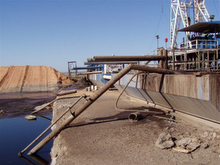



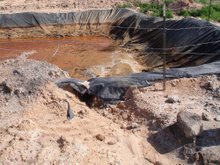


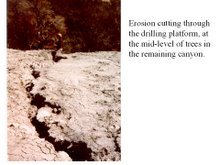
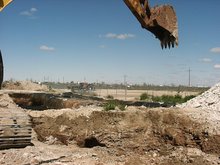
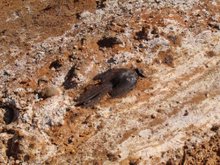
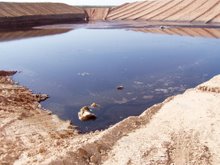
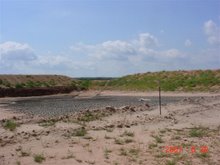
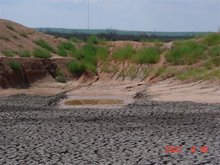
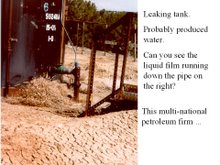
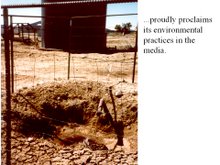
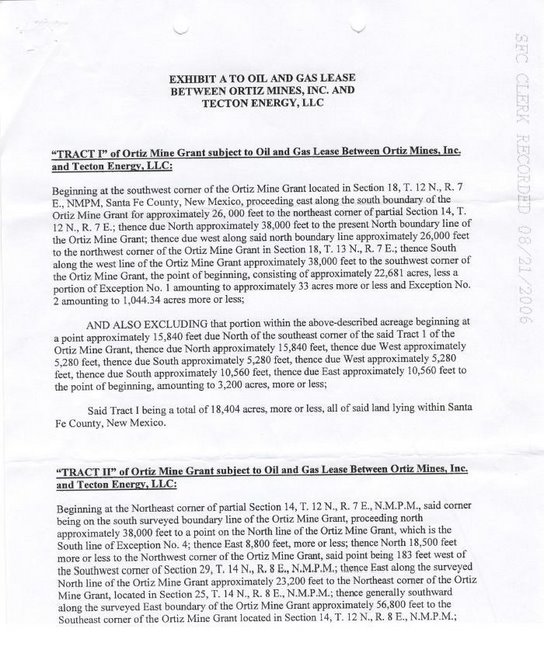
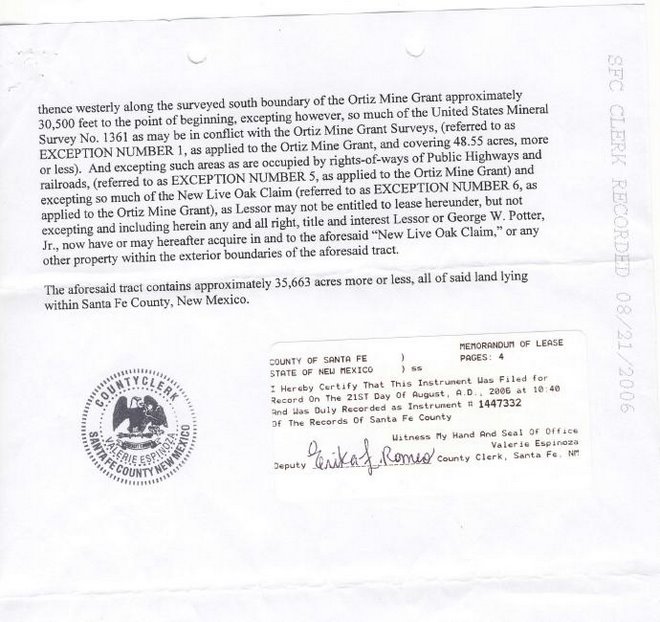
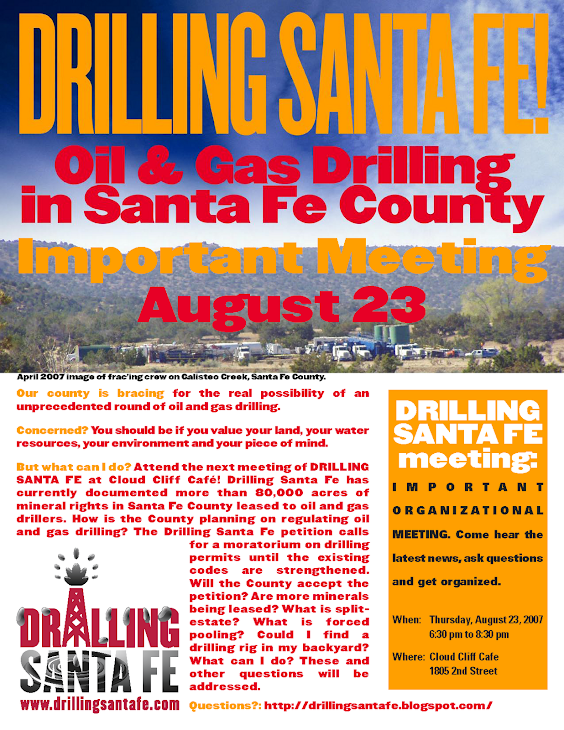

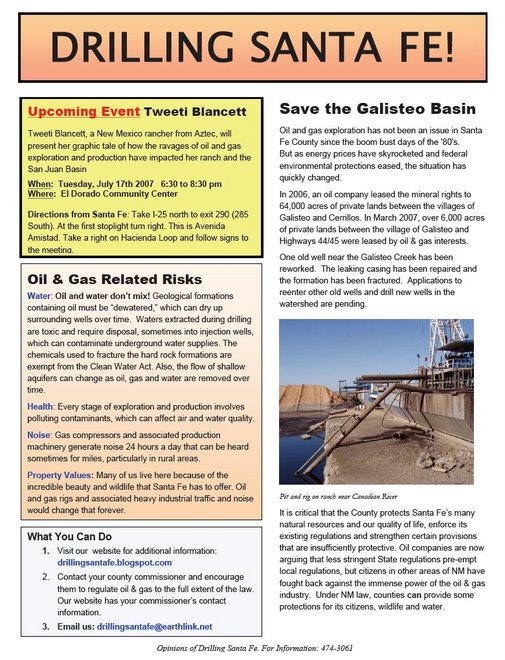

No comments:
Post a Comment